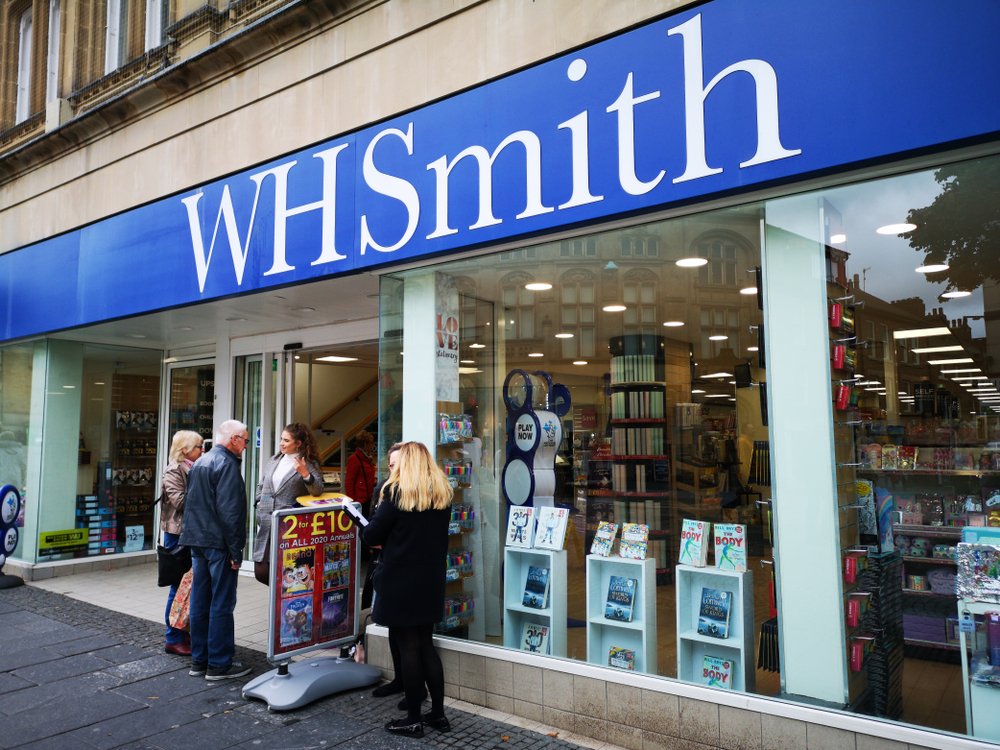Together with heat waves and royal babies, July also marked a possible turning point for UK retail. The CBI reported the first rise in retail sales for five months, after a flat first half to 2013. However, this shouldn‘t be taken as a universally positive sign: overall sales volumes are still below average for the time of year and, with less madness around Prince George, sales growth is expected to ease back slightly in August.
The simple fact is that the crisis affecting the high street is not simply due to the recession. A changing populace, the rise of online shopping, increases in property prices and the continued growth of out-of-town superstores are all combining to pressure retailers. Notable casualties have already included Jessops and Blockbuster: in order to survive and possibly even thrive, high street stores must ensure that they can if not compete then at least even the odds against the Internet and superstores in what has traditionally been their weakest area: price.
Where to compete?
The average high street retailer will never be able to meet the base price of these competitors: economies of scale, efficient supply chains and sheer bargaining power mean that superstores and online retailers will always come out ahead. However, since high street stores will generally have a more specialist product and customer focus they are excellently placed to understand exactly what their customers want and when. With this information, they can make the best possible use of promotions: ensuring that they can offer a competitive price on items that they know will attract their customers and ideally entice them to spend more once they are in-store. Whether offering BOGOF, cut-price sales or combining offerings into a single promotion, retailers need three things: the intelligence to offer the right deals; the flexibility to grab opportunities; and the relationships that will ensure retailers reach the best possible deals and terms with their suppliers, guaranteeing strong margins and preventing any confusion or disputes.
Intelligence:
The first step is to know what products are most attractive to customers at what times. Sometimes this can be quite simple: for example, a DVD store will know that summer blockbusters will be most attractive on their first release and in the run-up to Christmas, or that children‘s films will be in demand during the school holidays. However, often it can be more nuanced: for example, customers buying Breaking Bad on DVD may also often buy a copy of Bad Science. Retailers must ensure that they are monitoring spending patterns across their stores in order to understand exactly what attracts customers and when.
Flexibility:
Once they have this knowledge, retailers must be sure that they can respond to opportunities as they occur. This means that retailers need to be flexible with promotional pricing. While some seasonal promotions will be easy to plan and predict, such as increased demand for Christmas cake, flip flops or school uniforms, others will require swift action in order to make the most of an opportunity. For example, a single product may suddenly increase in popularity such as the Tamagochi craze in the 1990s. Recognising this, retailers can then put promotions into effect to attract customers and ensure they spend their time in-store. Yet retailers will have to act fast, both to plan the exact promotional price for that product and to ensure that they have the stock and supply chains to support increased demand.
This requires collaboration at all levels, from manufacturers to suppliers. Retailers should be able to quickly share their needs with suppliers and manufacturers, who should in turn be able to quickly provide the products needed. The information age has made this process much more straightforward: the growth of the cloud and collaborative tools means that retailers and their partners sho
RELATED STORIES

















